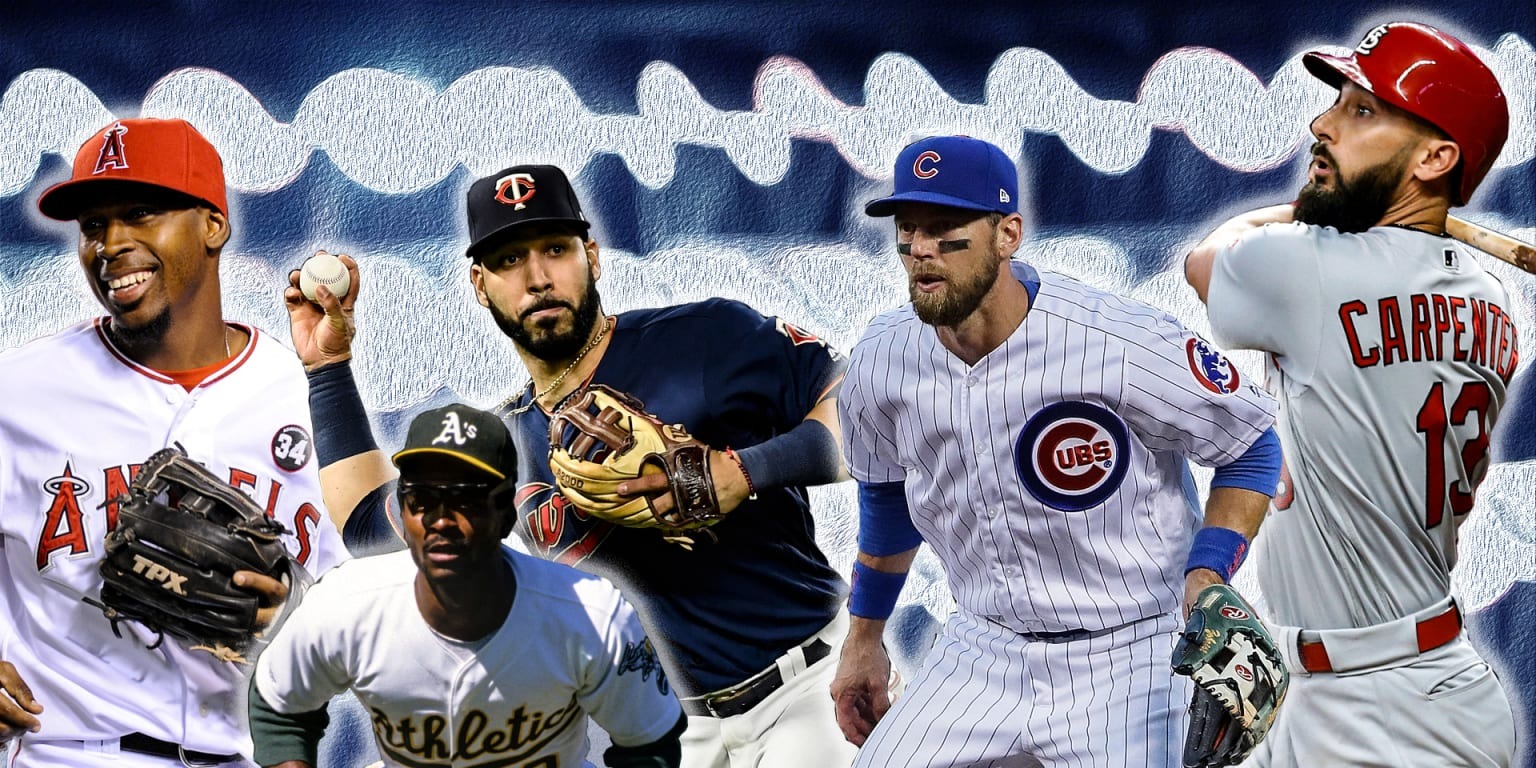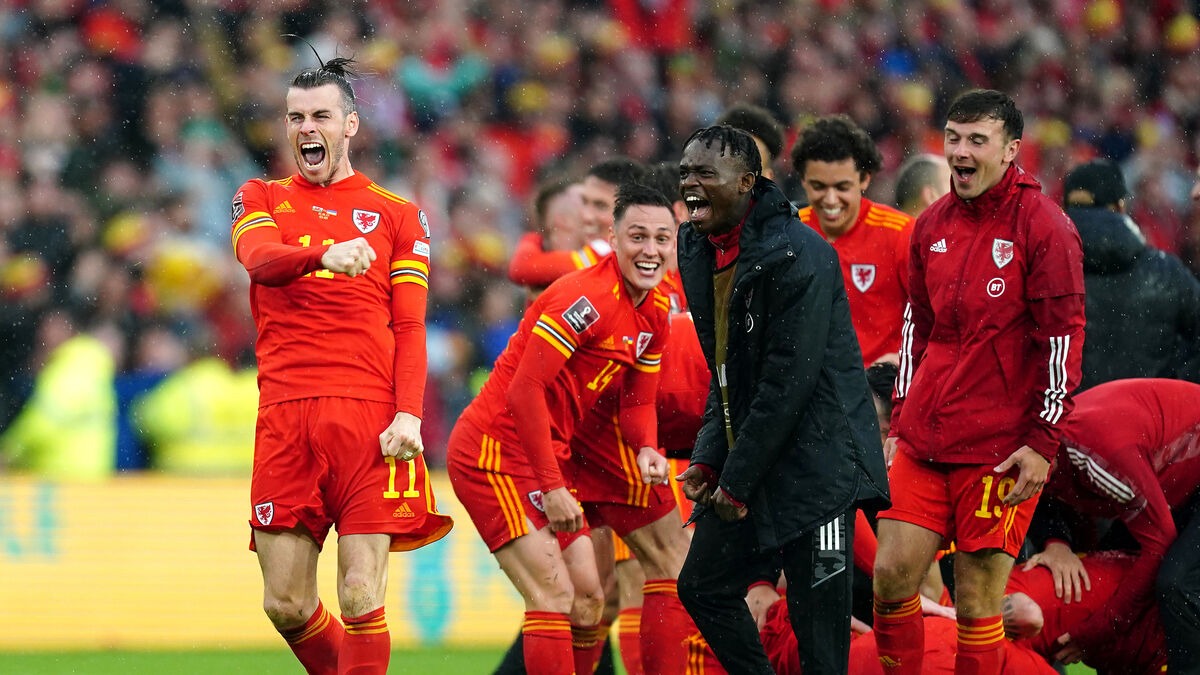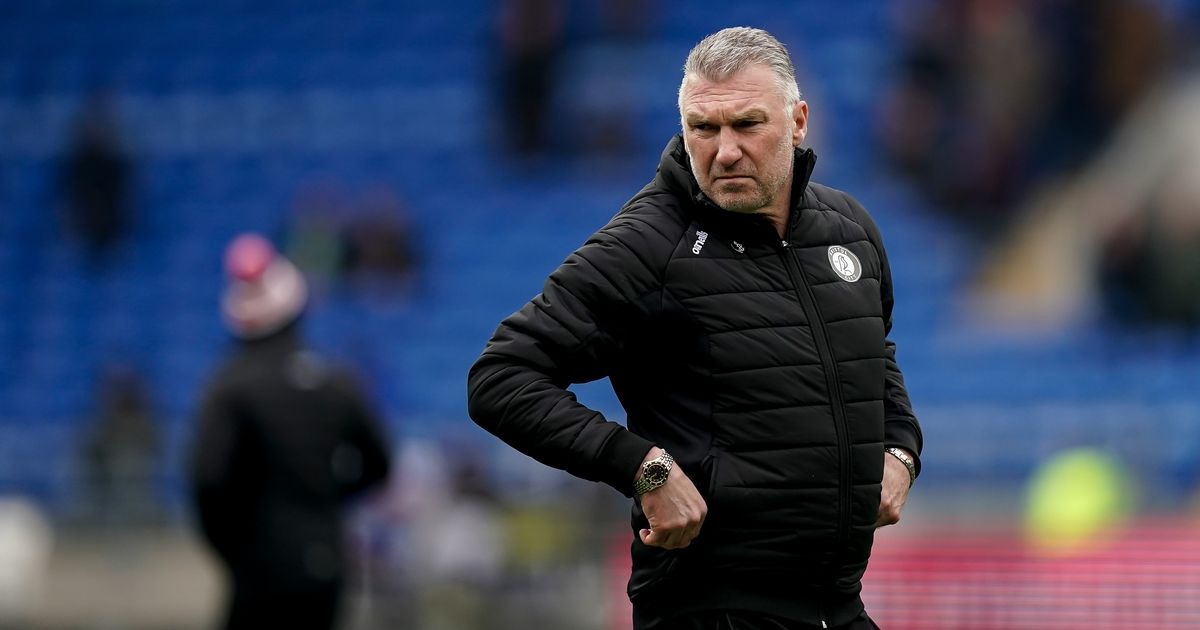They called them a one-man bank. They were versatile players who could play almost any position– sometimes more than one position in the game-and did not weaken the team. Here are three examples of these outstanding useful players. – Norman L. Macht
Woody English
Hall of Fame outfielder Babe Herman said Woody English was the only guy he’d ever seen who was so good he couldn’t play. “When I was with the cubs, I asked, “Why doesn’t he play in English?”They told me, “If Stan Hack gets injured, we’ll put Woody in third place and he’ll help in that position. If Billy Jurges gets hurt, we’ll send him to shortstop. If Billy Herman gets hurt, we’ll put him in second place and not hurt him. They told the press that Woody had a sore heel.
In the end, he told the authors that he was tired of all this. There’s nothing wrong with his leg.”In just 12 years, Herman played in the same position in all the matches he participated in. He was for life. 286 batsman, Cubs captain, unsurpassed all-rounder.

Jimmy Dykes
For 21 years, from 1918 to 1939, Jimmy Dykes played only one position for the Philadelphia Athletics and Chicago White Sox in three seasons: second base in 1921 and third base in Chicago in 1933 and 1936. For the rest of his years, he was an unsurpassed versatile player, scoring 280 goals. In 1921, he led the American League in errors and assists at second base, and the following year did the same, playing third base.
In 1927 Dykes was Connie Mack’s bank. One morning in June, Mac asked him if he had ever played first base. “I’ve never seen first base gloves in my life,” Dykes said. Work in practice, Mac said. Dykes was in the lineup at first base that day. He played 82 games there, completing a triple play in one game, and filled all other positions except the receiving one, even getting a save retroactively in two moves of submission. And he hit point 324.
Barney Friberg
August 24, 1925 was a regular day at the Baker Bowl, home of the Philadelphia Phillies. After five innings in the first double-card game, the seventh-ranked Phillies scored five runs, just below their average for the year. But the visiting Cardinals, having scored in all but the third innings, accumulated three pitchers with a 12-5 advantage (the Phillies ranked third in the number of goals scored in the National League, but allowed more runs than anyone else in any league).
Phillies second baseman Barney Fryberg, purchased from the Cubs on June 15 at a discounted price of $7,500, volunteered to take over the duties of the mound. Manager Art Fletcher agreed. Faced with a composition that included ray blades of caliber.342, Rodgers Hornsby .403, and Jim Bottomley .367, Friberg relied on a straight and tight turn to hit them for three innings before allowing two runs in the ninth. He knocked out one, went to three and allowed four punches.
This was Friberg’s only appearance as a Major League Baseball pitcher. Having played several long-range games that year for the Cubs and at all positions in the net for both teams, he missed only a catch to complete the all-around defense. This was fixed on a cold September 22 in Pittsburgh.

It is unknown whether Art Fletcher was driven by feelings or despair. It was hardly possible to think about recording. By the end of the fifth game, the Pirates were leading with a score of 10: 0. Right Ray Kremer played the game without strikes. But the Phillies scored three in the sixth inning and lost 14-3 after scoring early in the eighth. They’ve already gone through two shortstops and two receivers.
In the last eight, Fletcher sent coach Benny Meyer to play second base and moved Friberg behind the plate. This was the first time Fryberg had been caught since he started working in this position in elementary school. Although this bid as host did not get Fryberg into the Hall of Fame, it earned him a caricature of Ripley, believe it or not, for playing all positions that year. Including his 44 games for the Cubs, he played 77 games at second base, 40 at third, two at shortstop, six at first and 12 at long range.
After two years as the Cubs’ regular third baseman in 1923-24, Friberg played year-round at one position for only two of the eight years he spent with the Phillies. The rest of the time he was one of those rare and often unknown utilitarian players who can play anywhere without harming the club.
Many reviewers have called him the league’s most valuable utility player. Career. a 281-year-old bat player, he had a strong hand, he threw frozen strings from third to first. More importantly, he had a unique ability to instantly adapt to a change of position; by switching from third to second in the middle of the game, he could adapt to a shorter throw first without shaking the ball and hitting the glove of the first player from the bottom of the seats. By switching back to short or third, you could just as quickly lengthen your throw and regain the heat.
On opening Day 1925, Friberg started third for the Cubs and finished the game at shortstop. The next day he started with a short program and finished third. On May 20, he started from left field and finished in third position. And the next day he started from left and finished at first base.

In the spring of 1929, when the starting shortstop was injured, he played half of the season. The following spring, the third baseman developed appendicitis, and Barney returned to third base more than a year later. In his senior year, 1933 at the Red Sox, he played in 17 games, divided, as always, into second, third and third places.
Even after Barney’s death, Fryberg played a minor role. Around the same time he died on December 8, 1958, Hall of Fame member Tris Speaker suffered a fatal heart attack while fishing. The early death of the Red Sox star was covered on the front pages and sports pages of Massachusetts newspapers, which led to the fact that a resident of Lynn, Massachusetts, published a brief obituary in the newspaper of his hometown.



